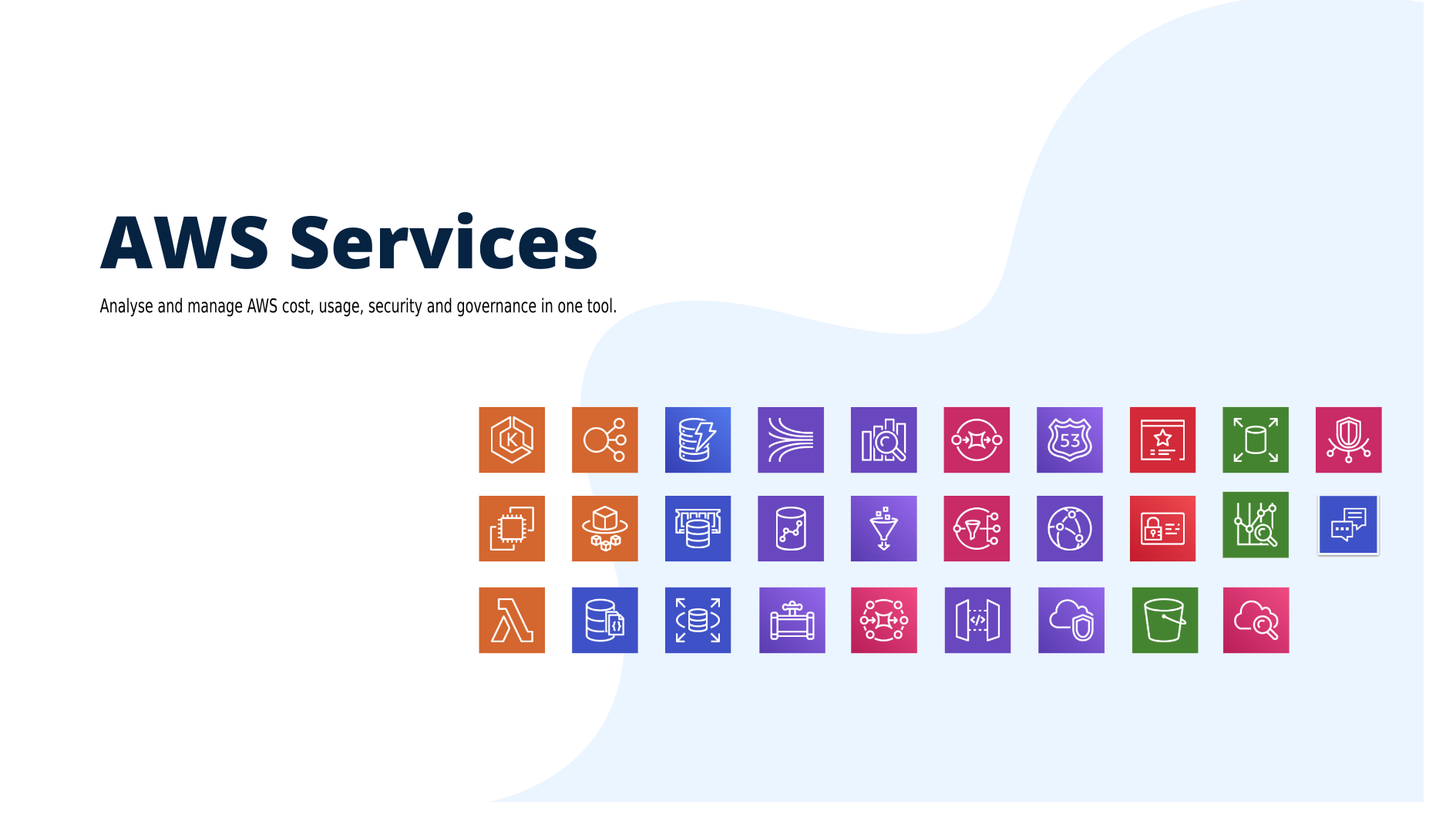This post is part of “IaC ” series explaining how to use Infrastracture as Code concepts with Terraform. In this part, I will show you how to setup a Swarm cluster on AWS using Ansible & Terraform as shown in the diagram below (1 Master and 2 Workers) in less than 1 min ⏱:
All the templates and playbooks used in this tutorial, can be found on my GitHub](https://github.com/mlabouardy/terraform-aws-labs/tree/master/docker-swarm-cluster) . 😎
Note: I did some tutorials about how to get started with Terraform on AWS, so make sure you read it before you go through this post.
1.1 – Global Variables This file contains environment specific configuration like region name, instance type …
1 2 3 4 5 6 7 8 9 10 11 12 13 14 15 16 17 18 19 20 21 22 23 24 variable "aws_region" { description = "AWS region on which we will setup the swarm cluster" default = "us-east-1" } variable "ami" { description = "Amazon Linux AMI" default = "ami-4fffc834" } variable "instance_type" { description = "Instance type" default = "t2.micro" } variable "key_path" { description = "SSH Public Key path" default = "/home/core/.ssh/id_rsa.pub" } variable "bootstrap_path" { description = "Script to install Docker Engine" default = "install-docker.sh" }
1.2 – Config AWS as Provider 1 2 3 provider "aws" { region = "${var.aws_region}" }
1.3 – Security Group This SG allows all the inbound/outbound traffic:
1 2 3 4 5 6 7 8 9 10 11 12 13 14 15 16 17 18 19 20 21 22 23 24 25 26 resource "aws_security_group" "default" { name = "sgswarmcluster" # Allow all inbound ingress { from_port = 0 to_port = 65535 protocol = "tcp" cidr_blocks = ["0.0.0.0/0"] } egress { from_port = 0 to_port = 65535 protocol = "tcp" cidr_blocks = ["0.0.0.0/0"] } # Enable ICMP ingress { from_port = -1 to_port = -1 protocol = "icmp" cidr_blocks = ["0.0.0.0/0"] } }
1.4 – EC2 Instances 1 2 3 4 5 6 7 8 9 10 11 12 13 14 15 16 17 18 19 20 21 22 23 24 25 26 27 28 29 30 31 32 33 34 35 36 37 38 39 40 resource "aws_key_pair" "default"{ key_name = "clusterkp" public_key = "${file("${var.key_path}")}" } resource "aws_instance" "master" { ami = "${var.ami}" instance_type = "${var.instance_type}" key_name = "${aws_key_pair.default.id}" user_data = "${file("${var.bootstrap_path}")}" vpc_security_group_ids = ["${aws_security_group.default.id}"] tags { Name = "master" } } resource "aws_instance" "worker1" { ami = "${var.ami}" instance_type = "${var.instance_type}" key_name = "${aws_key_pair.default.id}" user_data = "${file("${var.bootstrap_path}")}" vpc_security_group_ids = ["${aws_security_group.default.id}"] tags { Name = "worker 1" } } resource "aws_instance" "worker2" { ami = "${var.ami}" instance_type = "${var.instance_type}" key_name = "${aws_key_pair.default.id}" user_data = "${file("${var.bootstrap_path}")}" vpc_security_group_ids = ["${aws_security_group.default.id}"] tags { Name = "worker 2" } }
Bootstrap script to install latest version of Docker:
1 2 3 4 5 #!/bin/sh yum update yum install -y docker service docker start usermod -aG docker ec2-user
The playbook is self explanatory:
1 2 3 4 5 6 7 8 9 10 11 12 13 14 15 16 17 18 19 20 21 22 23 24 25 26 27 28 29 30 31 32 33 34 35 36 37 38 39 40 --- - name: Init Swarm Master hosts: masters gather_facts: False remote_user: ec2-user tasks: - name: Swarm Init command: docker swarm init --advertise-addr {{ inventory_hostname }} - name: Get Worker Token command: docker swarm join-token worker -q register: worker_token - name: Show Worker Token debug: var=worker_token.stdout - name: Master Token command: docker swarm join-token manager -q register: master_token - name: Show Master Token debug: var=master_token.stdout - name: Join Swarm Cluster hosts: workers remote_user: ec2-user gather_facts: False vars: token: "{{ hostvars[groups['masters'][0]]['worker_token']['stdout'] }} " master: "{{ hostvars[groups['masters'][0]]['inventory_hostname'] }} " tasks: - name: Join Swarm Cluster as a Worker command: docker swarm join --token {{ token }} {{ master }}:2377 register: worker - name: Show Results debug: var=worker.stdout - name: Show Errors debug: var=worker.stderr
Now we defined all the required templates and playbook, we only need to type 2 commands to bring up the swarm cluster:
1 2 terraform apply ansible -i hosts playbook.yml
Note: Make sure to update the hosts file with the public ip of each EC2 instance.
Setting up the Swarm cluster in action is show below 😃 :
Drop your comments, feedback, or suggestions below — or connect with me directly on Twitter @mlabouardy .









